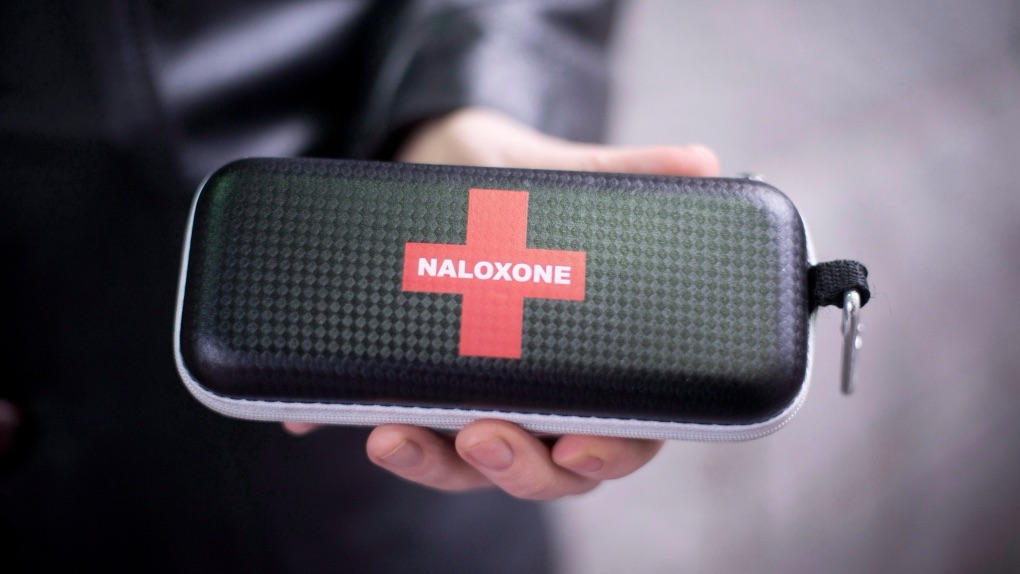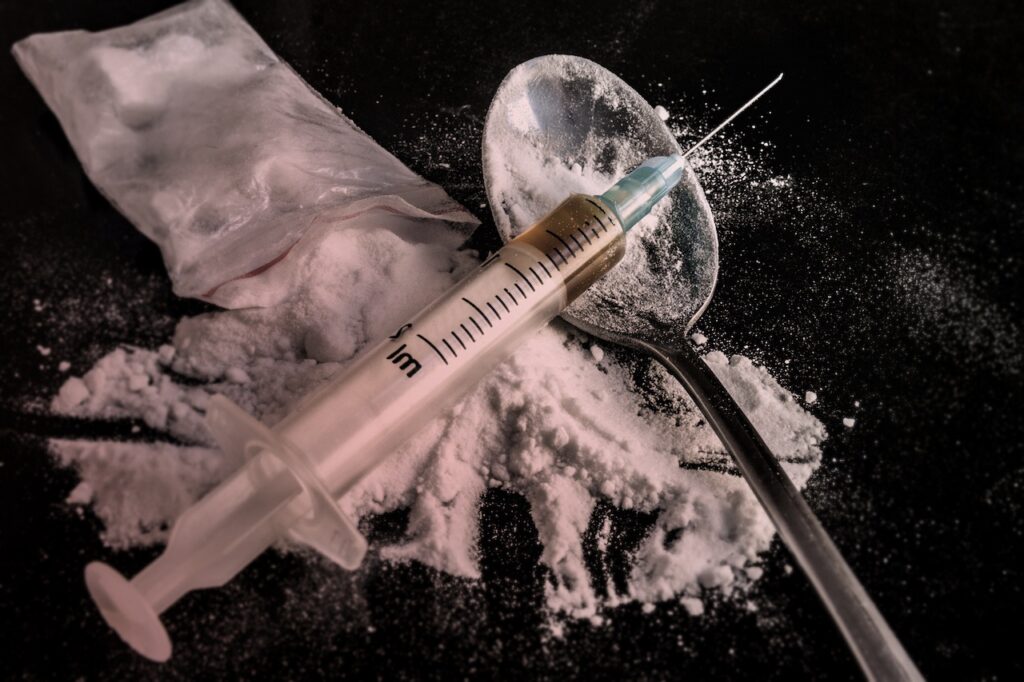
Toronto Public Health (TPH) issues a public alert following the recent response by paramedics to six suspected opioid overdose-related deaths. The health unit reveals that the number of fatalities resulting from drug overdoses between March 14 and 17 has tripled compared to the average over a similar four-day period in the past 12 weeks. These deaths occurred across the city, according to public health officials.
While the exact substances consumed by the deceased are yet to be determined, TPH’s bulletin highlights the recent identification of two high-potency synthetic painkillers in the city’s unregulated drug supply. These substances, known as nitazene opioids, were detected in drug samples collected by Toronto’s Drug Checking Service (TDCS), a free and anonymous public health service offered at five harm reduction agencies in the downtown core.
The first substance, N-desethyl etonitazene, discovered to be up to 10 times stronger than fentanyl, was initially identified on Feb. 23 at Parkdale Queen West Community Health Centre’s (PQWCHC) Queen West site. The second drug, protonitazepyne, believed to be more than 20 times stronger than fentanyl, was first found on March 6 and then again on March 7, also in Toronto’s west end, at PQWCHC’s Parkdale site. Both substances were identified using advanced analytical techniques by analysis site members at the Centre for Addiction and Mental Health and St. Michael’s Hospital.

Despite the potency of these drugs, TDCS reports that none of the samples were associated with overdoses or adverse effects. However, due to their strength, individuals experiencing an overdose may require a higher amount of naloxone for revival, particularly when the substance is consumed with other depressants. Additionally, the risk of overdosing on nitazene opioids is higher for individuals accustomed to less potent opioids like oxycodone or Percocet.

Nitazene opioids, originally synthesized in the 1950s, began appearing in the unregulated drug supply in Europe, the United States, and then Canada in 2019. They were first identified in Toronto’s unregulated fentanyl supply in February 2021. TDCS also identified another highly potent drug, medetomidine/dexmedetomidine, in late 2023, which cannot be reversed with naloxone.
For those consuming unregulated drugs, TPH provides essential tips, including carrying naloxone, checking drugs before consumption, using supervised consumption sites, and communicating with the supplier if the sample does not match expectations.



